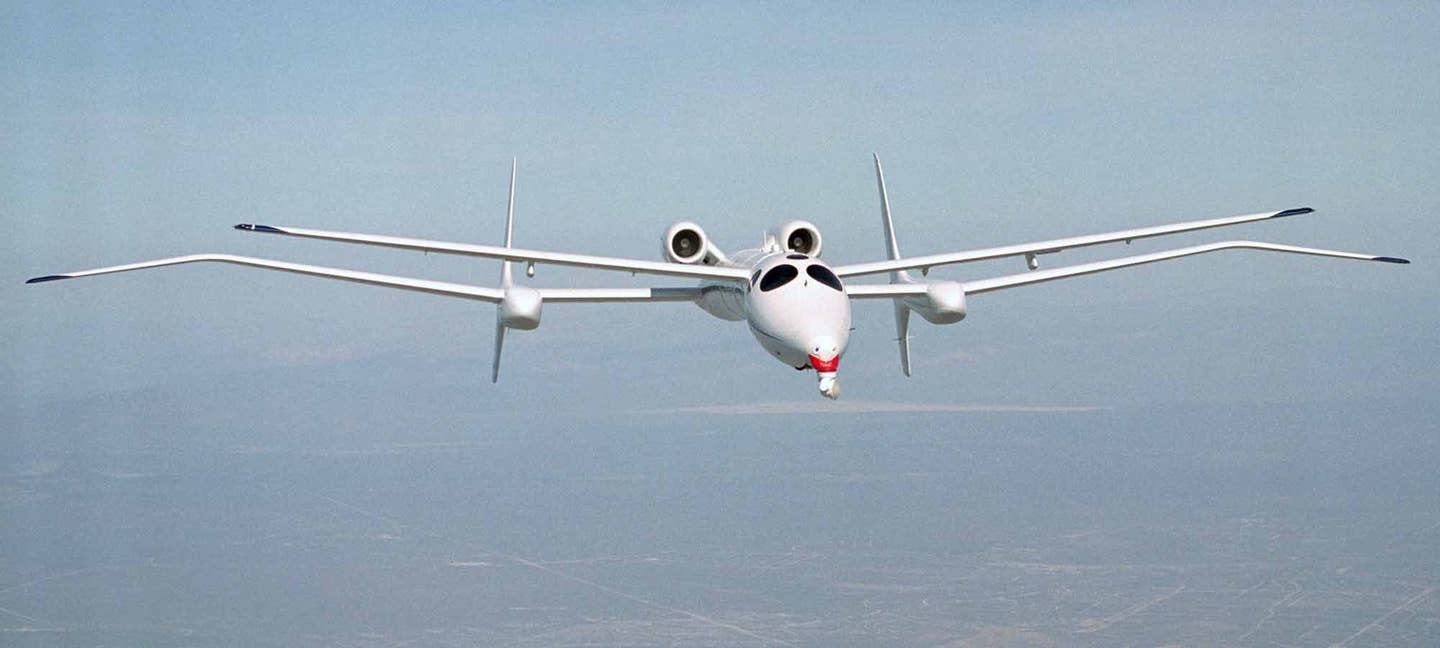AirVenture 2017 Preview: Scaled Composites to Feature Proteus, V-Jet II in Packed Week

Scaled Composites has a busy week coming up. The Mojave, California-based company is going all-in at the 2017 AirVenture show at Oshkosh (June 24-30), presenting some of its most iconic aircraft and offering more than 30 forums that will focus on, among other things, its future endeavors.
This includes meeting people who are interested in joining the Scaled family and developing future ideas and concepts.
"We've always been a company focused on discovery and pushing limits," said Bob Withrow, Vice President of Engineering at Scaled Composites. "We are looking for folks who are passionate, creative, and love to be challenged. There is no better place than Oshkosh to re-introduce ourselves to those who know us from our incredible legacy, and to connect with those who want to be a part of the next big thing."
There will certainly be buzz around the current big thing, the Stratolaunch aircraft that was finally unveiled in May, as the Paul Allen-led project looks like something out of an expensive Hollywood blockbuster. But aviation and space enthusiasts will also have a chance to get up close and personal with the fascinating Proteus model.
Unveiled in 1998, the Proteus special-purpose aircraft was built to "carry payloads in the 2000-pound class to altitudes above 60,000 feet and remain on station up to 14 hours." Named for a Greek sea-god, Proteus was designed by Scaled Composites' founder Burt Rutan to be a "high-altitude, long-duration telecommunications relay platform," and it has the ability to soar at a height of 60,000 feet for up to 18 hours. Not to mention, it also looks really cool.
But as Scaled revealed, Proteus won't be alone at Oshkosh. It will be joined by the V-Jet II, which first appeared at AirVenture in 1997, and was donated to EAA's AirVenture museum in 2001.
Ahead of Proteus' return to Oshkosh, here are some facts about this legendary aircraft.

Sign-up for newsletters & special offers!
Get the latest FLYING stories & special offers delivered directly to your inbox






